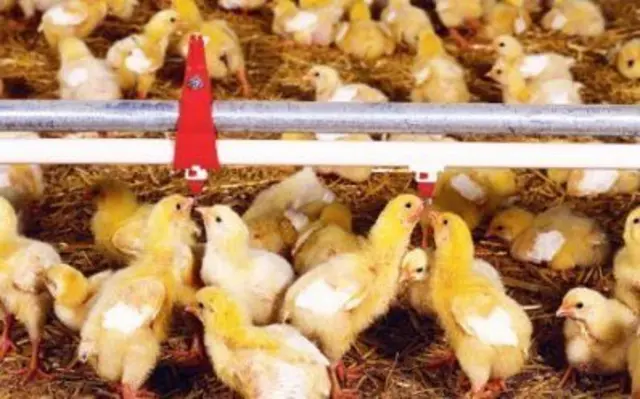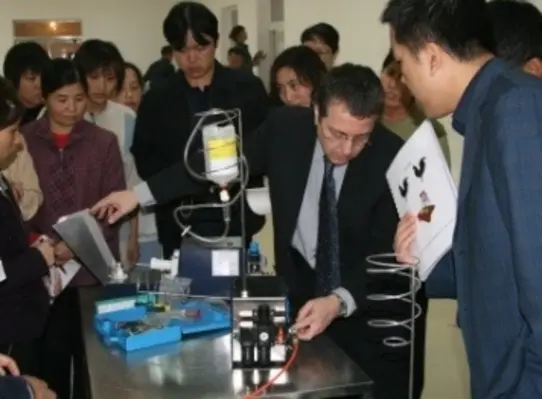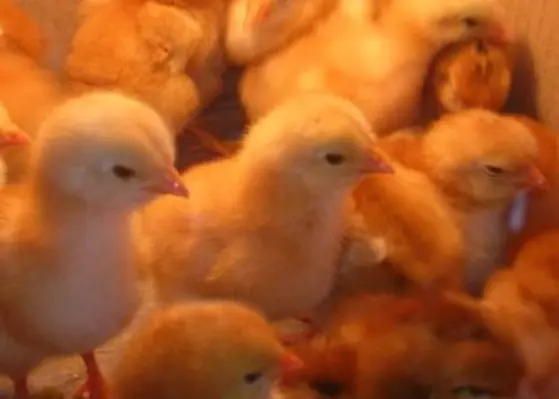Indonesia is planning to produce more than 50,000 units of bird flu vaccine to ensure that it is well prepared in case a pandemic occurs and to assist foreign countries as well
Poultry
H5N1 bird flu reported in China
An outbreak of the highly epidemic H5N1 bird flu virus in poultry has been reported in north-west China
Managing your watering system during brooding
The watering system in your poultry house, and how you manage it, is central to the quality of environment in which you raise your flock
Advanced double-dose chick vaccinator introduced
Diamond Engineering’s latest development in vaccination technology claims to offer significant cost reduction and minimised stress to the bird. The latest addition to their range of Evolution vaccinators is the Evolution 2V double-dose vaccinator
Good hygiene vital for high chick numbers
Good poultry practice is often a matter of common sense and none more so than health and hygiene measures required for high hatchability of healthy chicks








